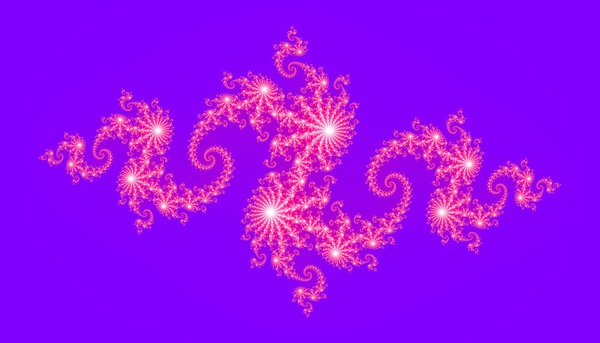 Author
Author |
Topic: Generators of the Alternating Group (Read 6212 times) |
|
william wu
wu::riddles Administrator
    


Gender: 
Posts: 1291
|
 |
Generators of the Alternating Group
« on: Feb 2nd, 2004, 9:35pm » |
 Quote Quote  Modify Modify
|
Show that when n is odd, the permutations (123) and (12...n) together generate An. Similarly, show that if n is even, (12) and (23....n) together generate An.
Hint: For n>=3, the 3-cycles generate An.
Background Information:
An is called the alternating group of degree n. It is the subgroup formed by the even permutations of Sn. A permutation is "even" if it can be written as the product of an even number of transpositions. Transpositions are permutations of length 2 (e.g. (12) is a transposition).
Source: Groups and Symmetry by M.A. Armstrong, p. 31
|
| « Last Edit: Feb 2nd, 2004, 9:36pm by william wu » |
 IP Logged IP Logged |
[ wu ] : http://wuriddles.com / http://forums.wuriddles.com
|
|
|
Barukh
Uberpuzzler
    

Gender: 
Posts: 2276
|
 |
Re: Generators of the Alternating Group
« Reply #1 on: Feb 5th, 2004, 8:28am » |
 Quote Quote  Modify Modify
|
on Feb 2nd, 2004, 9:35pm, william wu wrote:| Show that when n is odd, the permutations (123) and (12...n) together generate An. |
|
As both given permutations are even, they may potentially generate An…
[smiley=blacksquare.gif]
As William pointed out, An is generated by the 3-cycles of Sn.1 So, it is to show that the 2 given permutations generate every 3-cycle.
First, note that (12…n)(123)(12…n)n-1 = (12…n)(123)(12…n)-1 = (234), similarly, (12…n)(234)(12…n)-1 = (345) etc. 2
Next, assume we’ve got all 3-cycles from the set {1,2,…,k} together with the 3-cycle L=(k-1 k k+1). Then, for every i,
(i k k+1) = L (i k-1 k) L-1,
(i k-1 k+1) = L-1 (i k k-1) L,
(i j k+1) = L (i j k) L-1, j < k-1.
This – together with the inverses – gives all 3-cycles from the set {1, 2, …, k+1}. Because we’ve got originally (123), we may gradually build all 3-cycles.
[smiley=blacksquare.gif]
Quote:| Smilarly, show that if n is even, (12) and (23....n) together generate An. |
|
Since (12) is an odd permutation, these two generate something different… Did you mean (123) instead?
1 To prove this, observe that there are just two distinct pairs of transpositions – (ij)(jk) and (ij)(kl). The first one is a single 3-cycle (ijk), and the second is a composition (ijk)(ilk).
2 Given two elements g, x of a group, the third element gxg-1 is called a conjugate of x w.r.t. g. Here’s an easy way to obtain conjugates in Sn: if x = (i1i2… im), then gxg-1 = (g(i1) g(i2)… g(im)).
|
| « Last Edit: Feb 5th, 2004, 8:35am by Barukh » |
 IP Logged IP Logged |
|
|
|
|
 WRITE MATH!
WRITE MATH!
 Home
Home  Help
Help  Search
Search  Members
Members  Login
Login  Register
Register WRITE MATH!
WRITE MATH!
 Home
Home  Help
Help  Search
Search  Members
Members  Login
Login  Register
Register